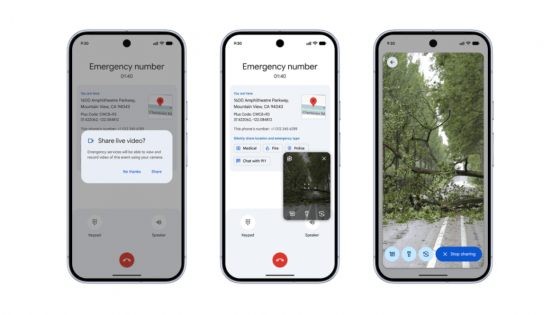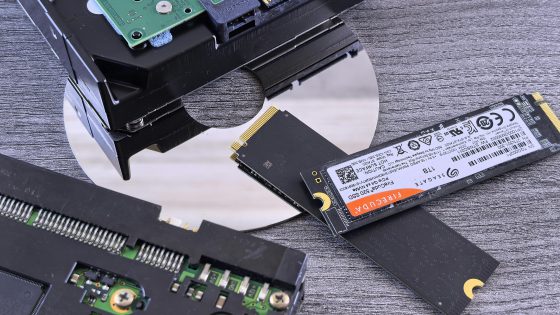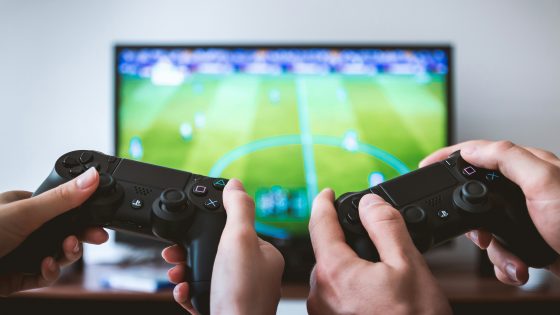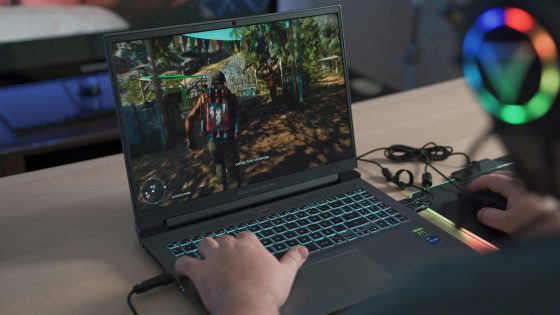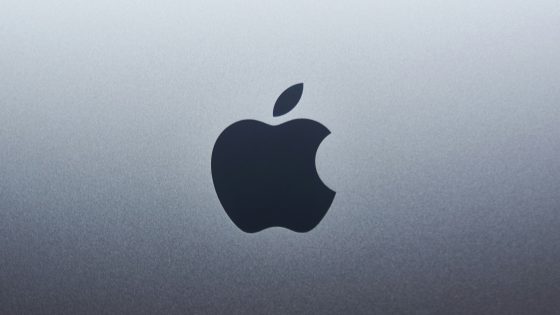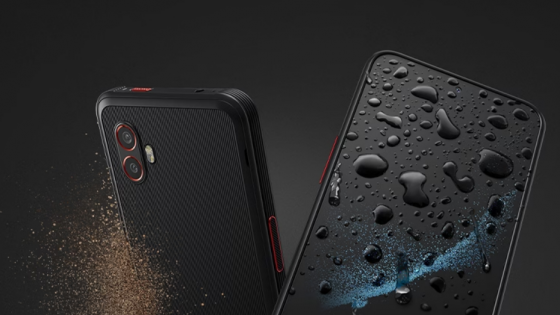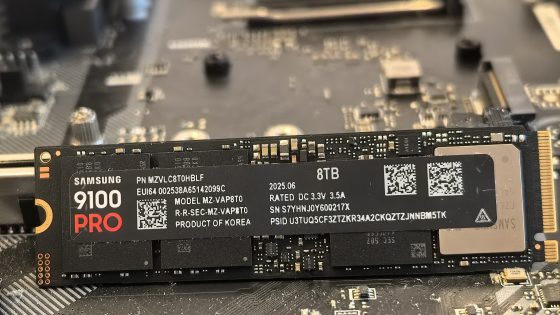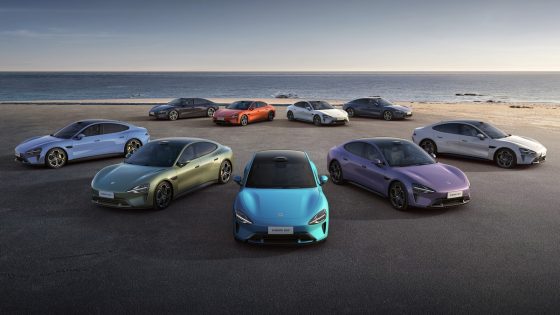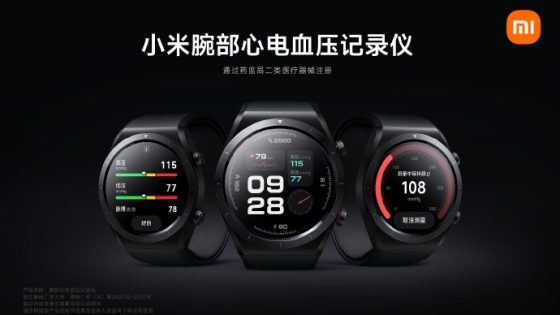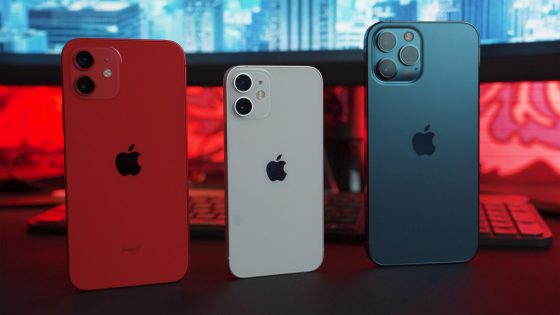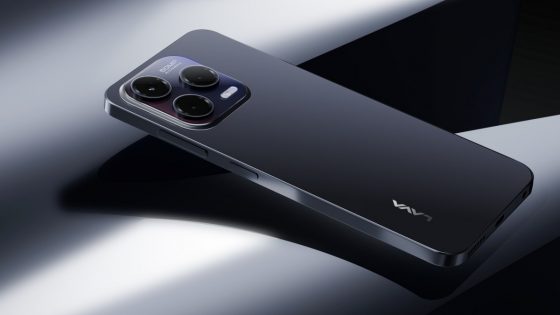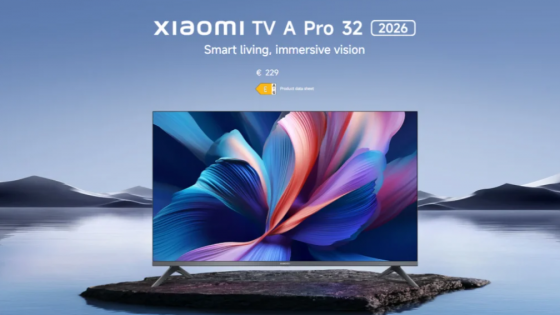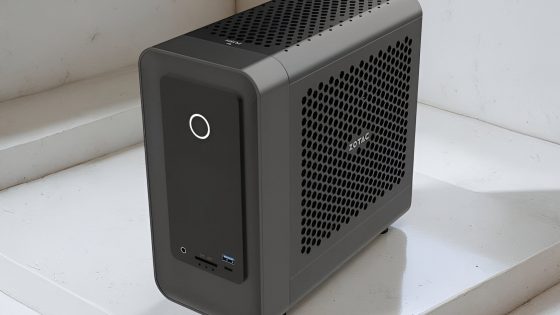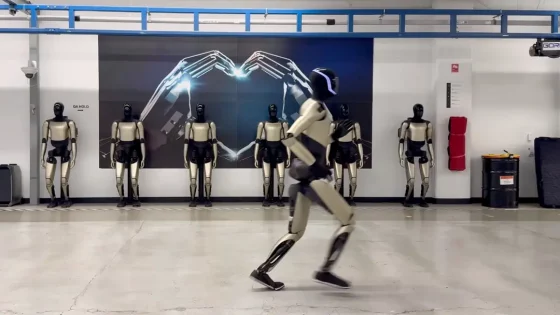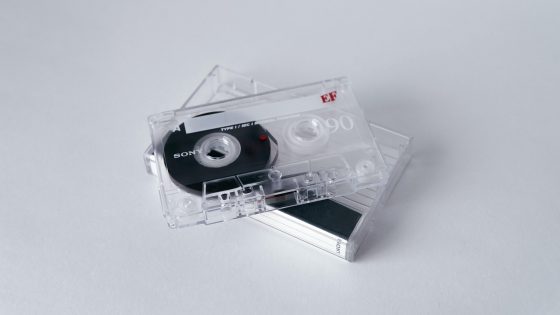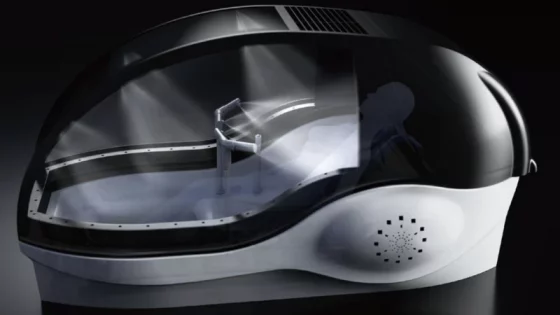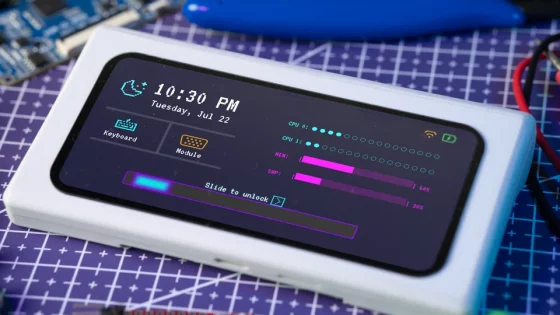On the Xiaomi 14 Ultra test - a big enough improvement or a step for the competition?
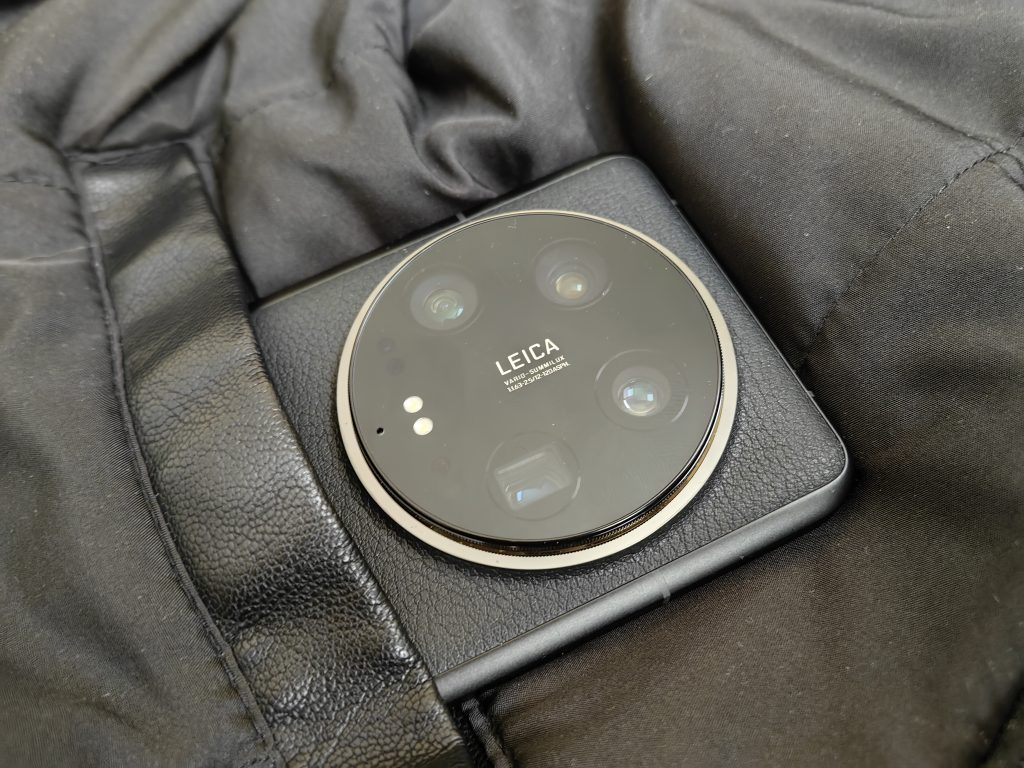
Xiaomi 14 I already managed to test just before its presentation at the MWC in Barcelona, we didn't get the Pro version in the European area, but then I could only briefly handle the latest Xiaomi 14 Ultra. The feeling was very similar to last year Xiaomi 13 Ultra, so I was anxiously waiting to see what all they changed and if the photography went up a notch. To top it off, I had the rare opportunity to side-by-side test the HONOR Magic6 Pro, another mobile giant. Although I will not directly compare them in the following, some findings will still come from comparing how they performed in different areas.
| Advantages | Weaknesses |
| Excellent performance | Faster overheating |
| A slightly better screen than last year's | Not everyone will like the design |
| Operating system without cover and well optimized | |
| Fast charging and good battery | |
| Great cameras | |
Xiaomi 14 Ultra price in Slovenia?
Xiaomi 14 Ultra 16/512 GB: €1499
A special promotion is valid until 4/10, with which you also get a Redmi Pad SE tablet with your purchase.
Xiaomi 14 Ultra – identical in design to the thirteen
What can I say about the form that I didn't say last year? Not much has changed. It has become lighter by 8 grams, and the other dimensions are more or less the same. It's still a huge phone with gentle curves, flat sides and a huge camera bezel that easily gets in the way. When you hold it in your hand, there is always at least one finger on the camera lenses, so you will also need to clean them regularly. Since my Huawei Mate 50 Pro also has a similar frame, I'm already kind of used to my finger kind of hugging the frame, so I don't have a problem with it. I have seen the opinion that the phone has a poorly balanced weight, that the top part is too heavy and easily slips from the hands. All I can say is that I don't know how these users hold their phones, that shouldn't be a concern in the slightest.
I still haven't changed my mind about the leather finish though. The leather is pleasant to the touch, but again it ends just before contact with the side. If I draw a line, the phone is easy to remember by its shape, but I'm still not impressed with it. There are better phones, the last one impressed me the most Xiaomi Redmi 13 Pro+ in a mouse purple-blue combination, but I still can't forget the "marble" Huawei P60 Pro.
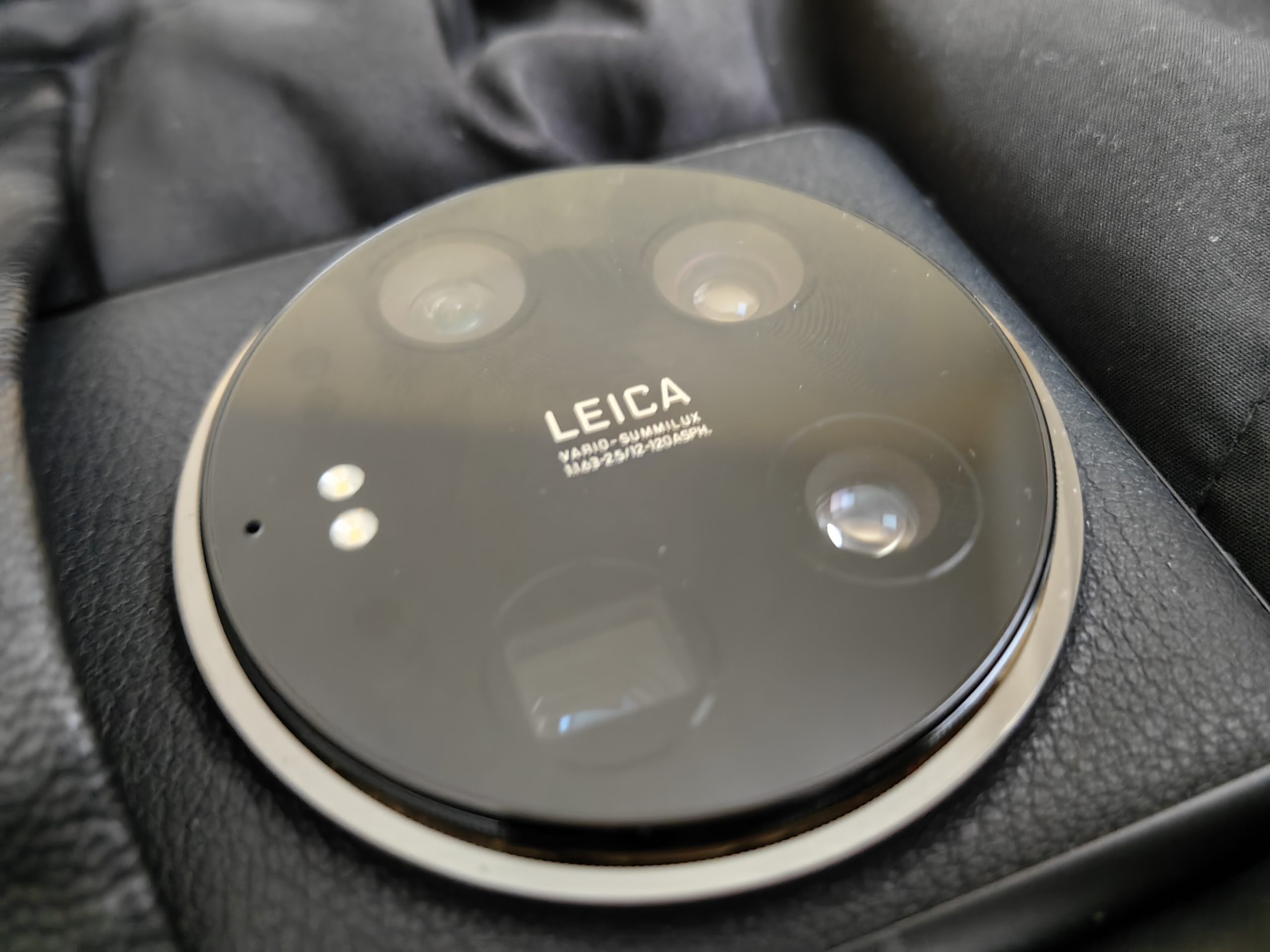
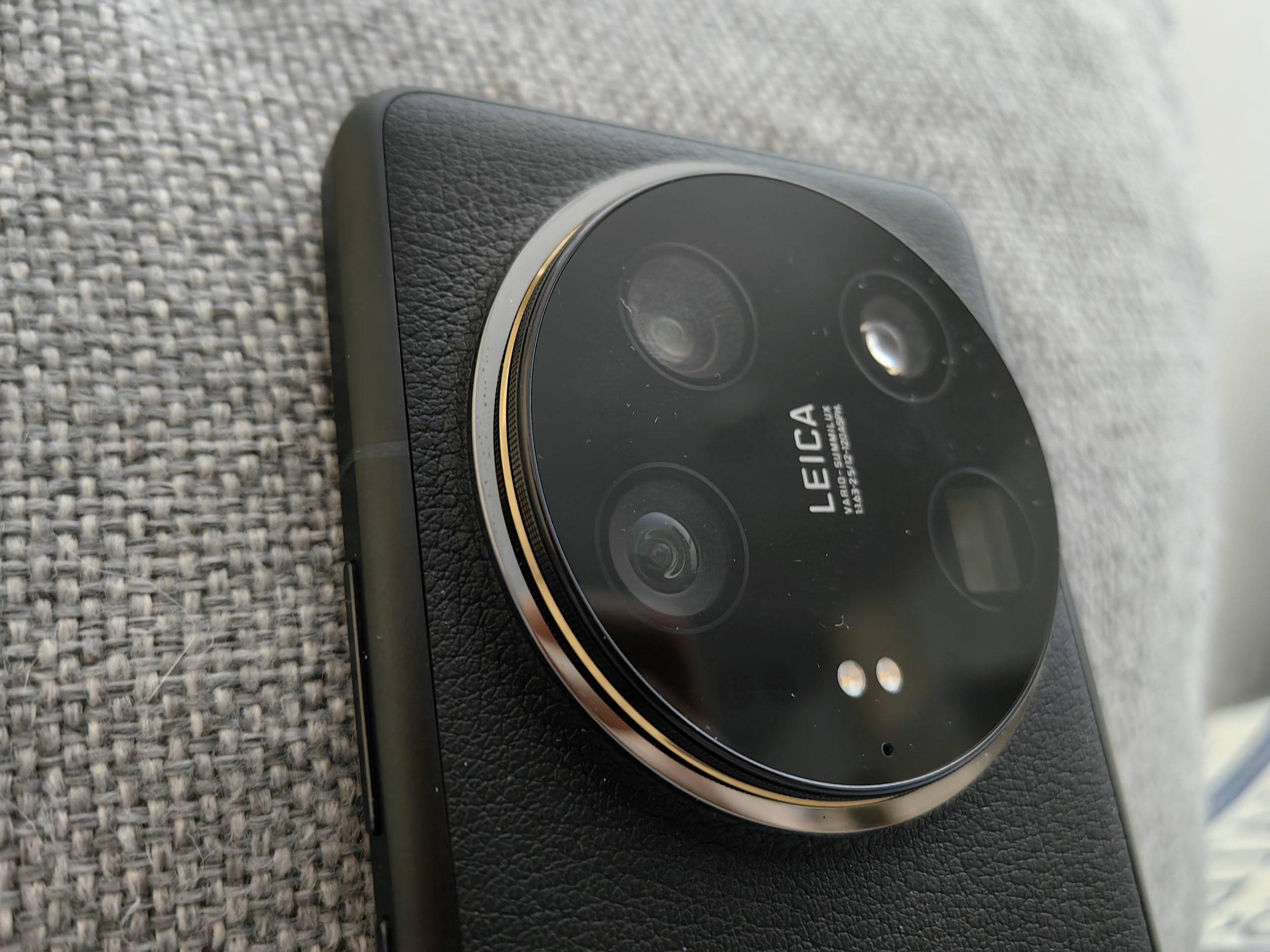
A slightly better screen, but it was already excellent
Colossal phones are my thing, as I appreciate every available inch when playing games and reading. Yes, you feel them so much more in your pocket, even using them with one hand is not always the easiest. I forgive all this for larger phones, because the content on such screens is much more pleasant to enjoy.
Like last year, 6.73 inches is available. The panel is AMOLED, LTPO technology is also supported for refreshing between 1 and 120 Hz. They improved the brightness a little, from 2600 to 3000 nits, but you won't notice it with the naked eye. It is important that you can easily use it in the strongest light. Other bits and pieces are also present: Dolby Vision, 1440p resolution (1440x 3200), HDR10+, solid image density (522 ppi) and the like. Instead of Corning protection, they used Xiaomi Shield Glass, which according to them offers a very similar level of protection.
I was very pleased with the display. The clarity is excellent, the responsiveness as well, I also saw a 1-Hz refresh when the screen is always on, which contributes a little to better battery autonomy. You either love the curved screen or you don't, there's no middle ground. Personally, I like them, as long as I have to replace the screen protector, where that curvature causes plenty of headaches with bubbles under the protector.
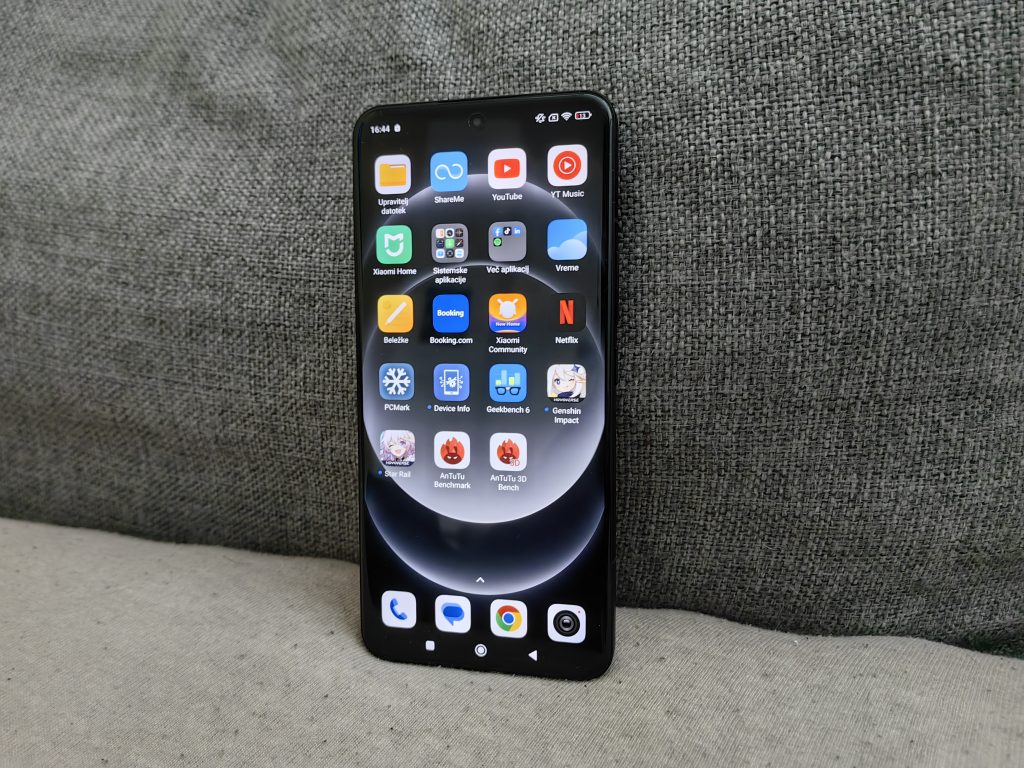
A phone that is both PlayStation and Nintendo Switch
By the end of the year, get used to hearing the name of the Snapdragon 8 Gen 3 chip during these types of tests. For €1,500, I don't expect anything else. With the exception of the Samsung Galaxy S24 Ultra, which also got a slightly twisted version of the chip this year, the results of synthetic tests (English benchmark) of the classic version on all phones are very similar.
This time it was no different, but I noticed that the phone was overheating. During the tests, which are adjusted for extreme winding of the cores, the temperature was even 5⁰C higher than, for example, the Samsung and also the phone from the same ecosystem, the Xiaomi 14. Why this is so, it is difficult to say. Given that it has a larger surface area than the Xiaomi 14 and thus a greater possibility for heat dissipation, there are obviously obstacles somewhere that do not transmit heat well, or the cooling system is simply not efficient enough for such a performance. The phone took a few minutes to recover after such a load. During this time, I noticed a fair amount of slowdown, which was most noticeable when scrolling between menus or when you want to launch a more intensive application. Perhaps Xiaomi should consider setting a lower limit for when the cores in the chip should slow down. All manufacturers do this, but apparently it is now set to too high a temperature.
I must point out that most will not reach such high temperatures. These types of tests are not a true reflection of everyday use. I often play Switch games on my phone myself, where the chip needs a fair stretch, but even then I haven't been able to recreate the same results.
As far as gaming goes, I've been admiring the performance of phones for a while now. Apple managed to run the graphically demanding PC game Resident Evil, and on Androids we can play console games using emulators. I mention this only to remind users that phones are not just a device for browsing the web and taking pictures, but with our help they can do much more.
The space (512 GB) will be enough for everything. The drive is also extremely fast (UFS 4.0) and can be compared to older SSDs. The 5,000mAh battery is the same as last year, but they've gotten an hour or two more use out of it, which is likely due to the more efficient chip. It is charged via cable with 90 W, wirelessly with 80 W, and reverse charging (10 W) is also available for charging smart watches, headphones or, in an emergency, other phones.
HyperOS is installed, which, like the Redmi 13, does not offer anything more than the previous MIUI. Maybe I felt a better optimization of the system, so that everything really works without errors, but even on MIUI, I did not see that the system was poorly optimized, although I know that the old system had just such a reputation.
What they have added is a new app store/library. It is an alternative to Google, but I don't know who it will be useful for. I don't know where they got all these apps from either. Is it an archive of third party stores (ApkPure, ApkMirror…) or have they actually made a deal with all app developers, like Huawei did with their AppGallery store? The first option is more likely. During my two weeks of testing, I only used this new store once because I was looking for some obscure, niche app that is no longer available in the Google Store.
There is no program cover, or only the one we are used to on almost all phones (Booking, LinkedIn, TikTok, Spotify...), which is useful for some, a little less so for others.
Xiaomi promises 4 Android upgrades and 5 years of security patches, second only to Samsung's best available.
Photographers will get the most out of the cameras
I tested the cameras without the photography kit, which Xiaomi sells separately (around €200) and includes a special case with a shutter release, a cover and a camera frame. The kit is not necessary, but it will make you feel more like a real photographer.
Xiaomi 14 Ultra has as many as four 50 MP cameras, the main sensor is even 1 inch, just like last year's Ultra. With this, it secured a concrete advantage over other phones, as it can capture much more information. And in most cases, that's how it turned out in practice.
I was able to capture some phenomenal photos during the day, and I'm especially impressed with the portraits, which are just to my taste. The natural bokeh effect is great and for me the best phone for portrait photography. I also had fun with the filters, the black and white photo added a nice touch to my archive. Aperture can be adjusted between f/1.6 and f/4.0 for more control over the bokeh effect, although in most cases the camera does this well automatically.
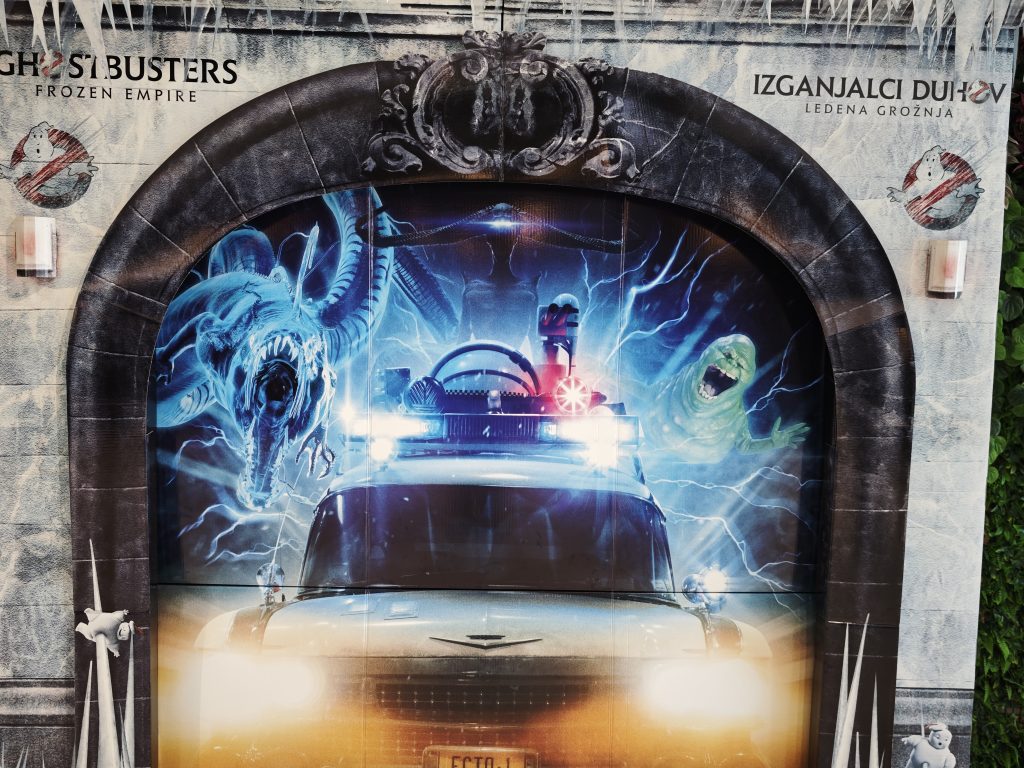



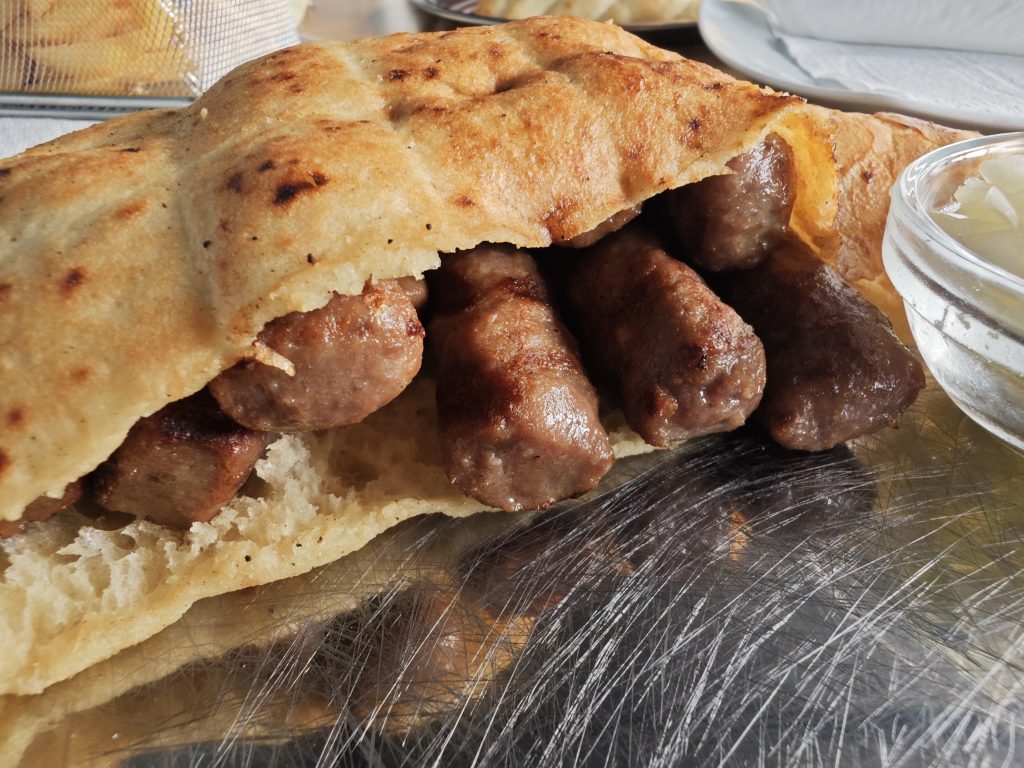

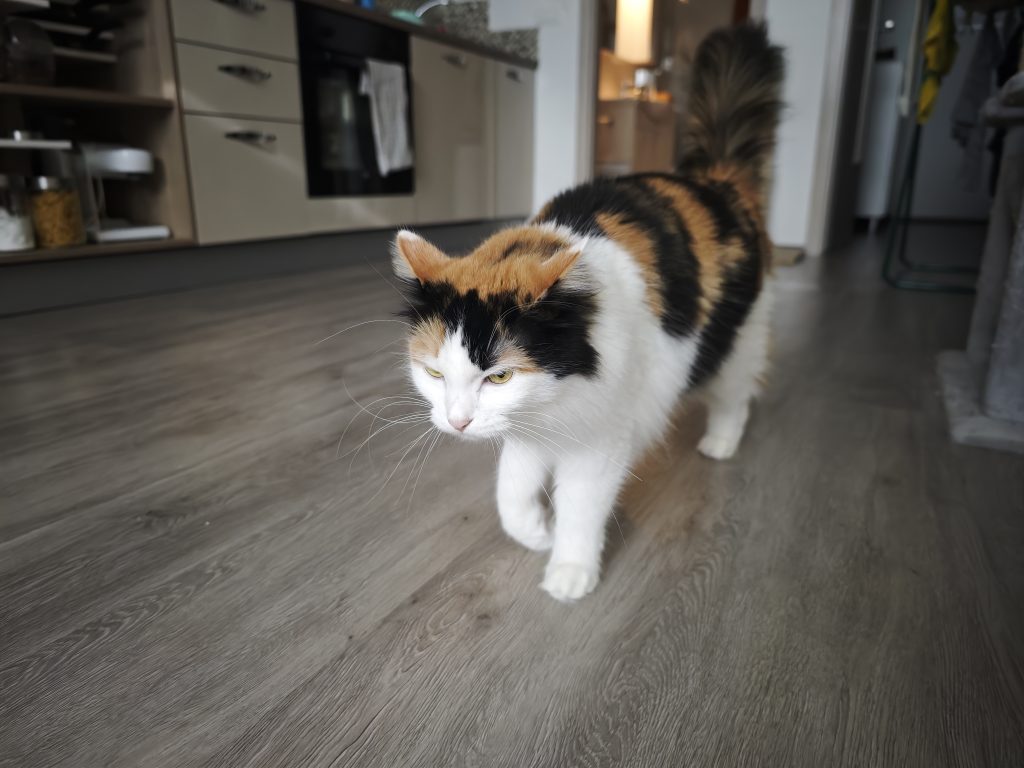



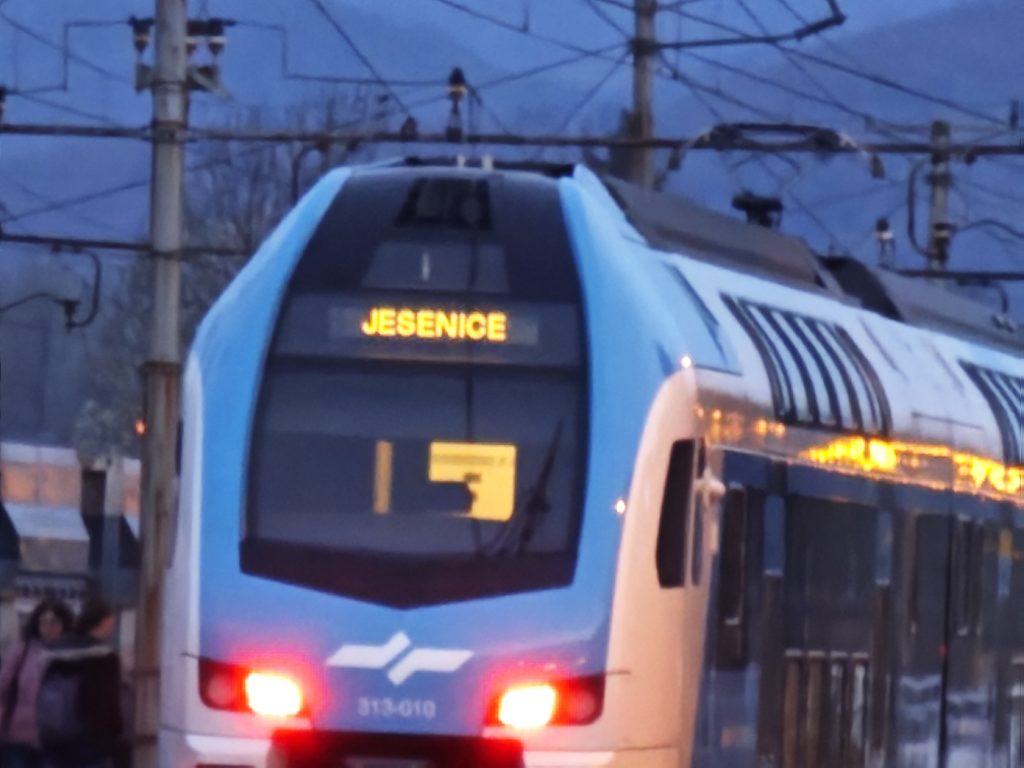
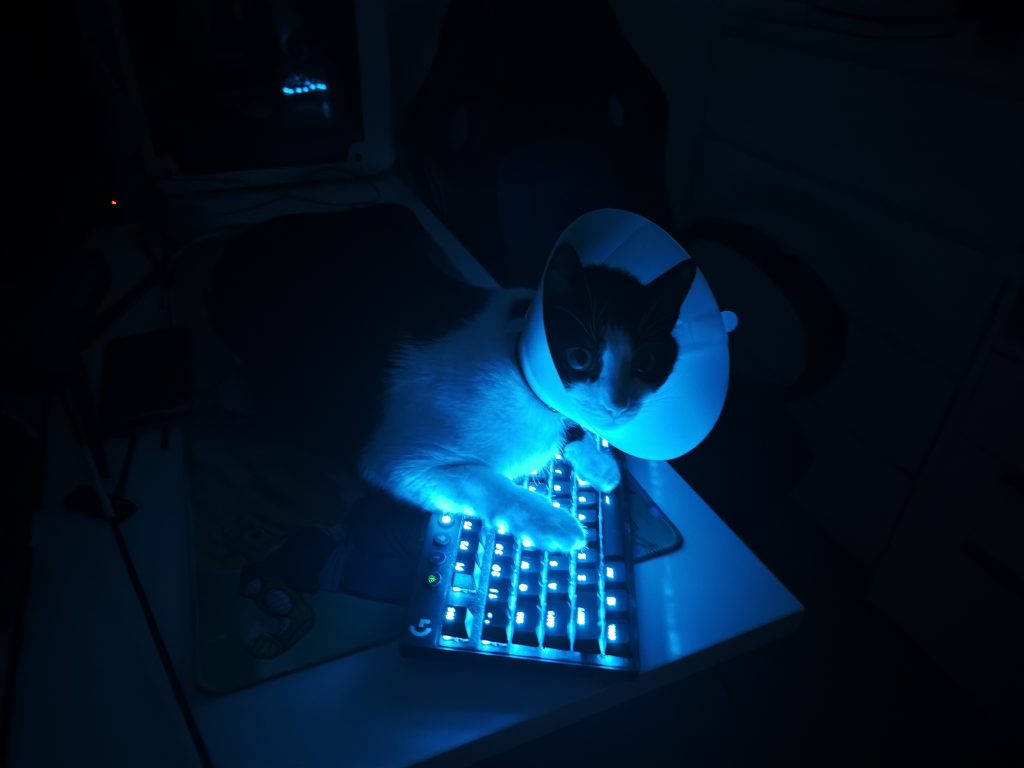
I'm a little disappointed with the HDR, which was too bold at times. At night, the photos were of very high quality, but I may have noticed a slightly greater drop in quality than the competition, especially the HONOR Magic6 Pro. Even with the zoom, I expected more. The pictures are still good, relatively detailed, but with a more alert eye you can see that noise has crept into the picture.
I can also praise the stabilization, which in no case let me down, even when I deliberately gave it headaches. Shooting in motion is also at a very high level and, above all, easy. A dedicated function turns on and triggers the shutter, the rest is taken care of by the camera and software.
For macro photography, I recommend using a telephoto camera instead of a dedicated macro function. Not only is it easier to take photos, but the results are significantly better.
The video is available in 8K resolution (24 or 30 fps), and in the best light it appears in 4K resolution, where I can only praise the quality. They have also improved the front camera, which can record in 4K resolution. Why this wasn't available on the 13 Ultra is beyond me to this day.
I believe that more experienced photographers, or at least those who know how to use Pro mode or Lightroom, will get the most out of the cameras. Even when the image is slightly worse, we can still make concrete changes from the available data, especially with a 1-inch sensor.
Xiaomi 14 Ultra easily on the list of best phones of 2024
With such powerful phones, any shortcoming comes off as hair splitting. When you buy in the €1,500 range, you can be sure that you will get a great phone regardless of the brand. There are 95 things you'll love about the %, and you'll find a feature or two about each phone that you think could be improved.
In the Xiaomi 14 Ultra, I would improve the cooling system, brighten up the design and make the camera even more consistent in everyday photography. The camera is excellent, but as a point and shoot camera it loses its common thread at times. However, I wouldn't argue that the phone would be a hundred bucks cheaper and thus also have a smaller advantage over Samsung and Apple in terms of price.



